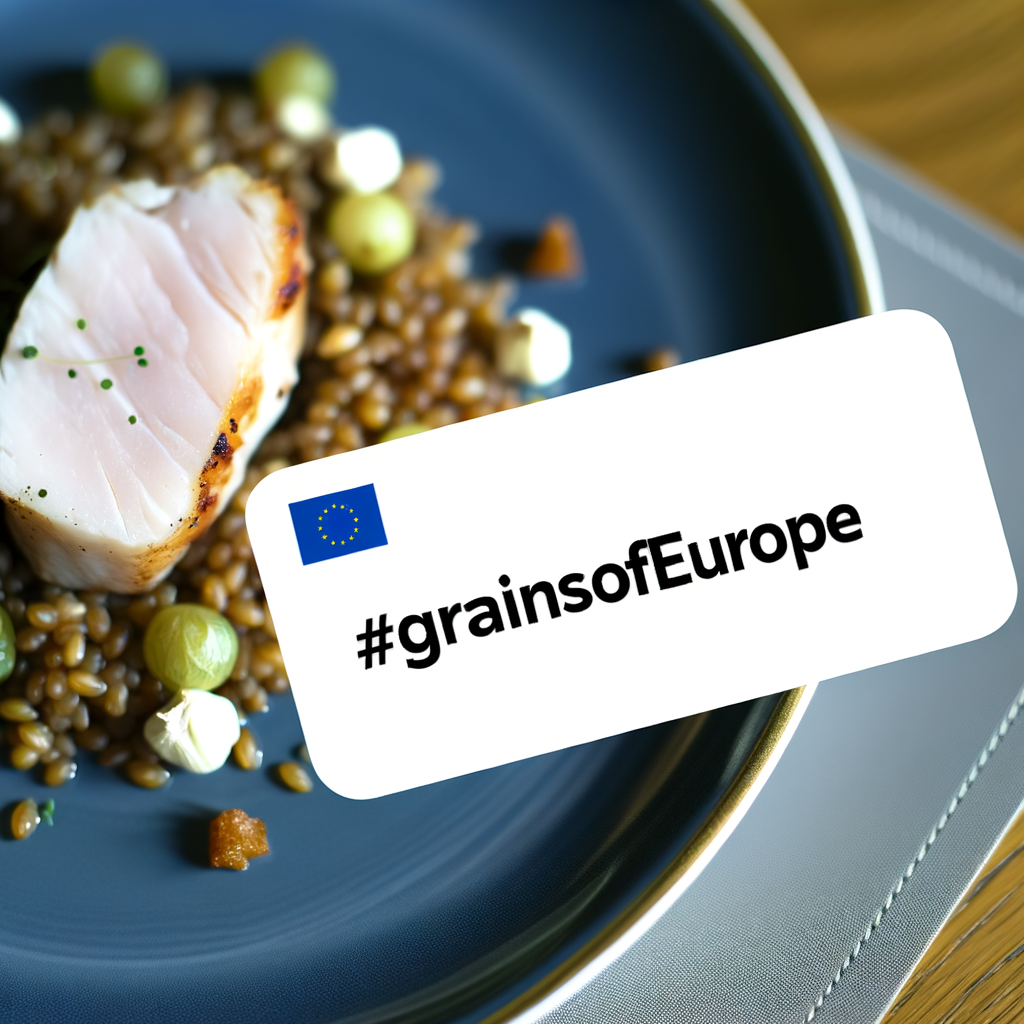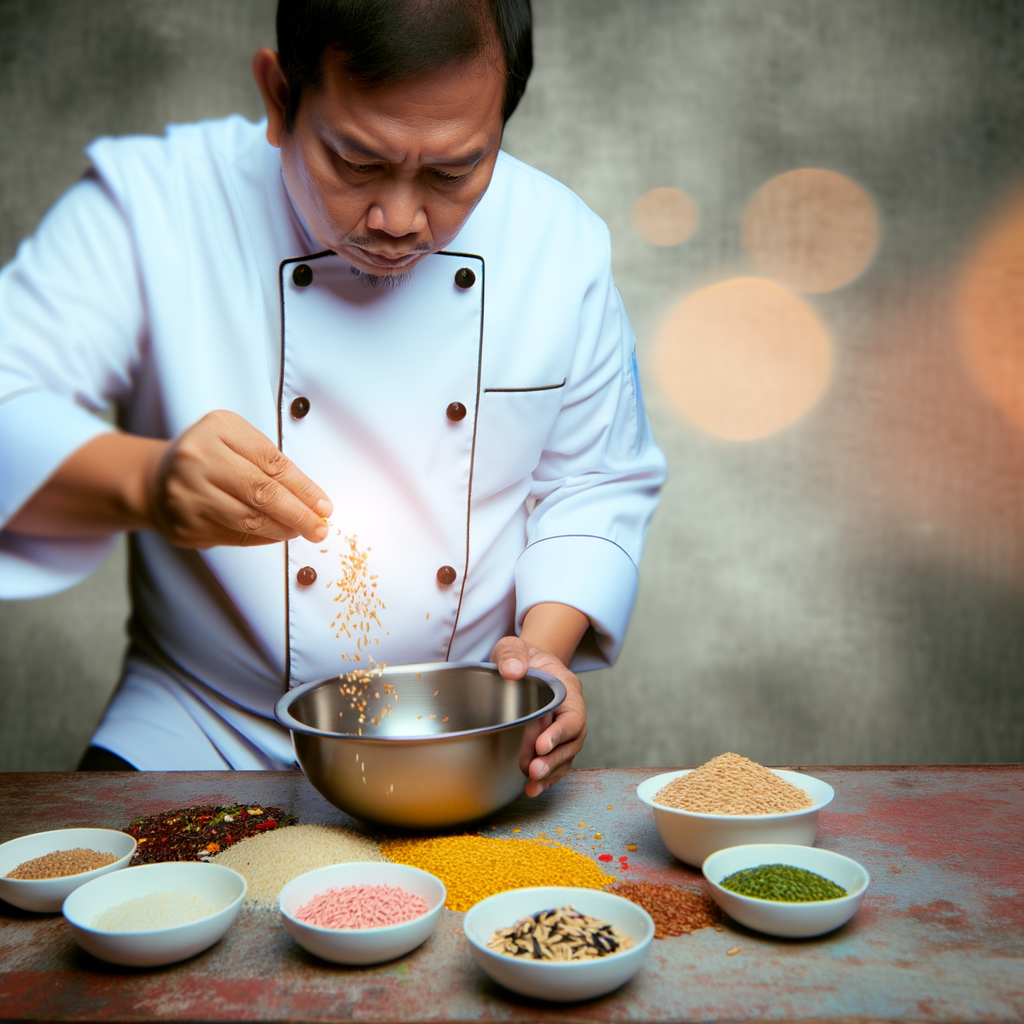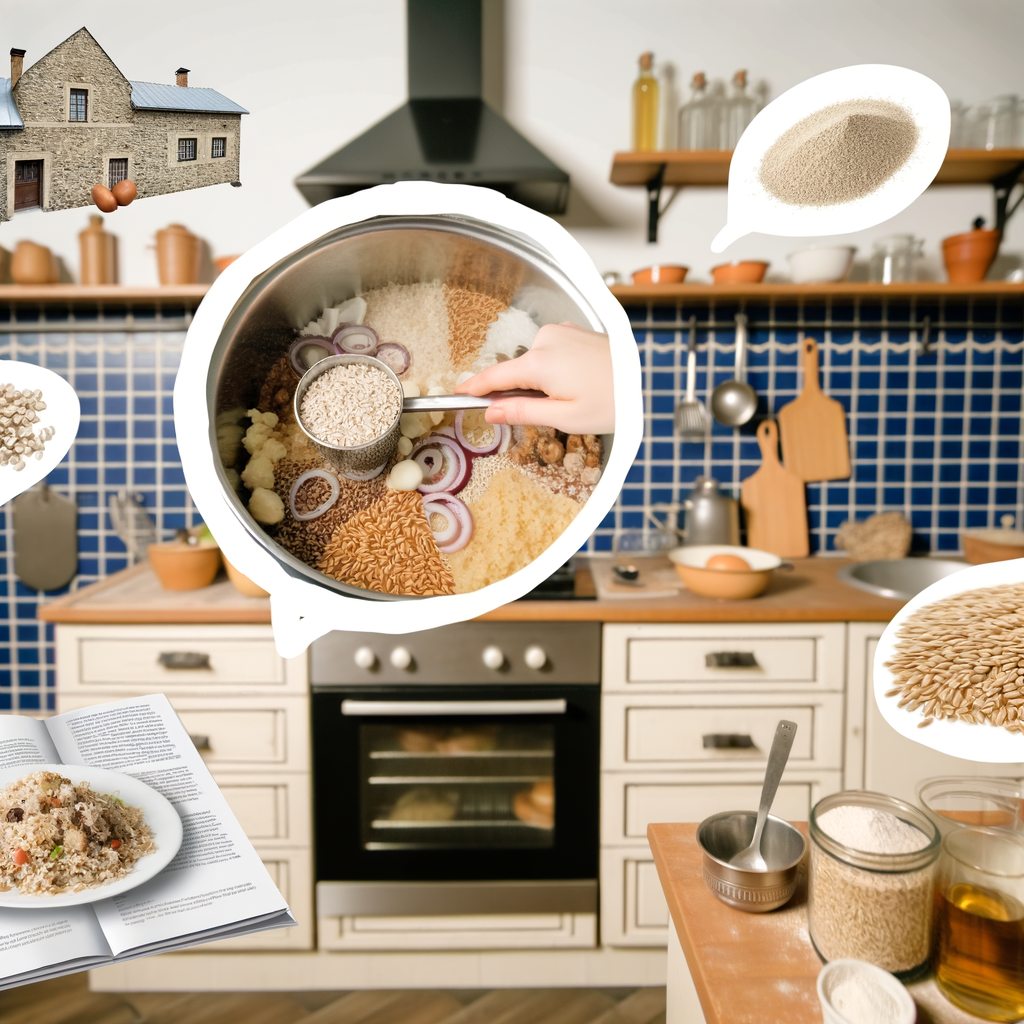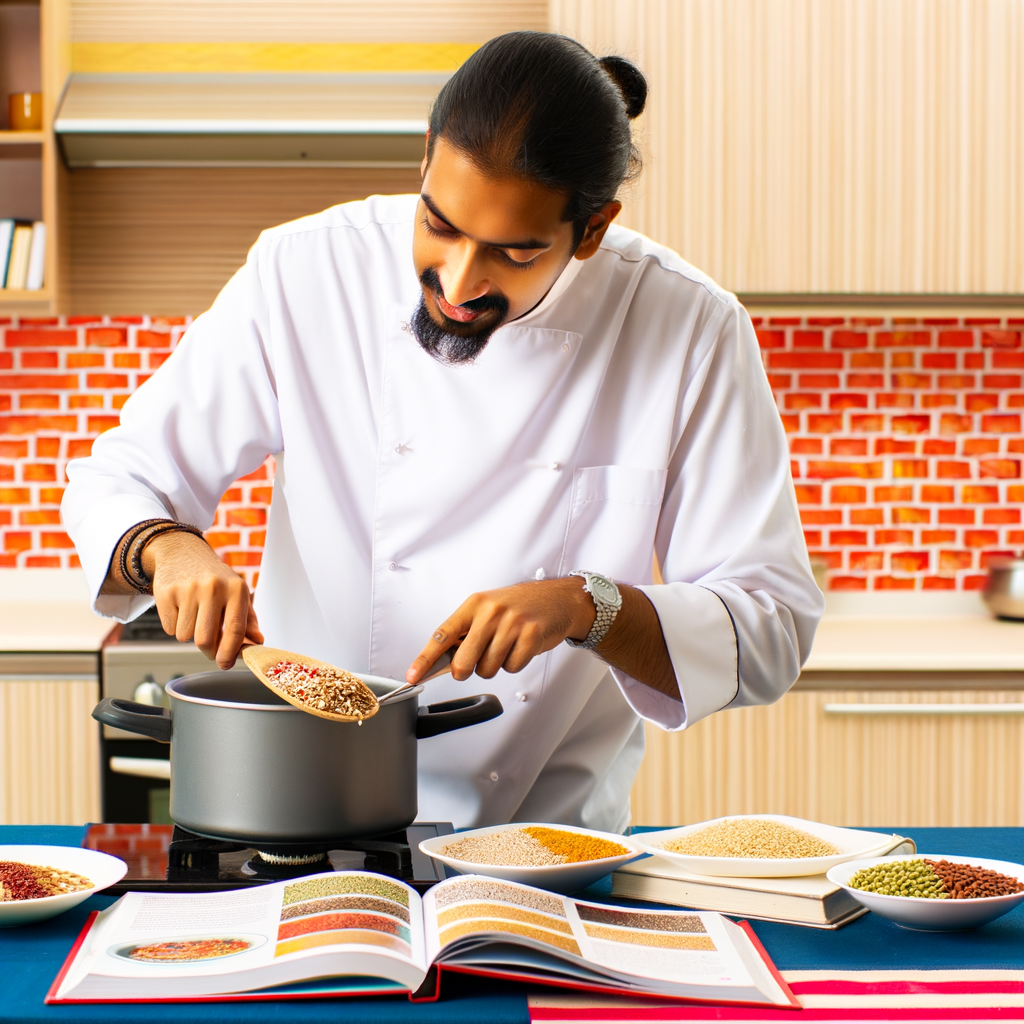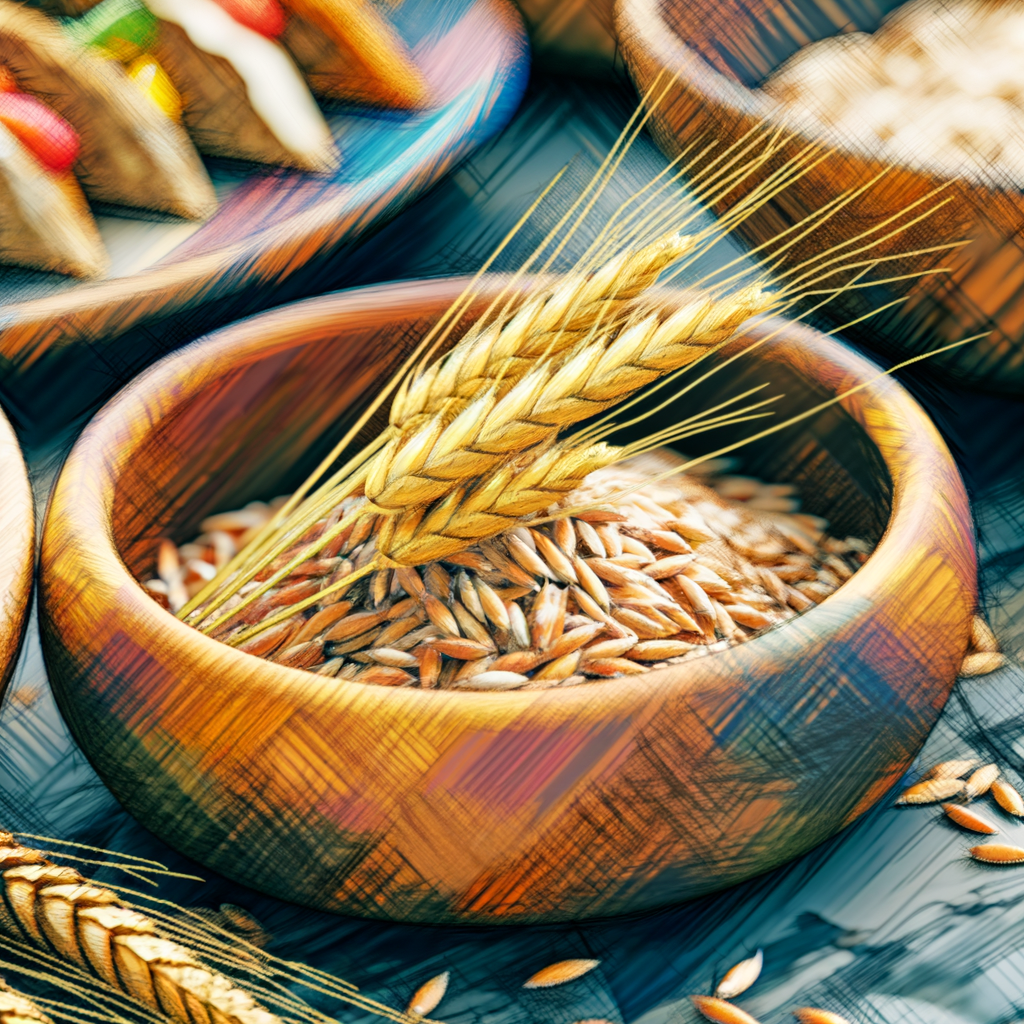Grains are the backbone of European cuisine, and for good reason. These tiny powerhouses pack a punch when it comes to flavor, nutrition, and versatility. As an expert chef, I have spent years perfecting my craft and experimenting with different grains to create dishes that are both familiar and unexpected. Let me take you on a journey through some of the most essential grains used in European cooking, and how you can incorporate them into your own dishes.
First, let’s start with the basics. Wheat, oats, and rice are the most common and widely used grains in European cuisine. You’ve probably had them in the form of bread, pasta, porridge, and rice dishes. But did you know that there are different types of wheat, such as durum, spelt, and kamut, each with its own unique flavor and texture? Or that there are multiple varieties of rice, including basmati, jasmine, and arborio, perfect for different dishes?
Moving on to more unique grains, we have quinoa, amaranth, and buckwheat. These ancient grains have gained popularity in recent years due to their health benefits and their ability to add texture and flavor to dishes. Quinoa, for example, is a complete protein and gluten-free, making it a great alternative to traditional grains. Amaranth is high in protein and iron, and adds a nutty flavor to dishes. Buckwheat, despite its name, is actually a seed and is commonly used in buckwheat pancakes and noodles.
But why stop at grains? Europeans have been using grains to make beer and spirits for centuries. Barley, rye, and corn are just a few of the grains used in brewing and distilling, adding complexity and depth to beverages. So the next time you enjoy a cold beer or a glass of whiskey, remember that it all started with a humble grain.
In conclusion, grains are a fundamental part of European cooking, offering endless possibilities for creating delicious and nutritious dishes. Don’t be afraid to experiment with different types of grains and see how they can elevate your culinary skills. Happy cooking!

